Since you will spend most of your time in your house, which is one of your largest investments, it must always be at a comfortable temperature.
Many problems in your home may be resolved with proper insulation, such as:
- In the summer, your house is warm, and in the winter, it is frigid.
- Your cooling and heating costs are excessive.
- When the weather becomes chilly outside, your walls seem cold to the touch.
- When the weather is chilly, your furnace runs nonstop.
- When it is hot outside, your air conditioner never stops running.
- Wintertime on your flooring is not pleasant.
- Your house feels drafty.
- When it is chilly outside, ice dams develop on your roof.
Let us embark on this educational adventure together and cover every aspect of house insulation.
Table of Contents
Describe Insulation
Any substance used to insulate something—especially a building—is referred to as insulation. Insulation, in its simplest form, is a substance that acts as a barrier between the interior of your house and the substantially different temperature outside to minimize heat absorption or loss.
The Workings of Home Insulation
The insulation in your house should help maintain a steady temperature inside without requiring you to operate your air conditioner or furnace continually, whether you heat and cool it in the summer or winter.
With the right insulation, you can reduce your energy costs and maintain a cozy living and entertaining space all year round. When discussing insulation, it is critical to comprehend how it affects conduction, heat transmission, convection, or airflow, both of which are crucial for the comfort and energy efficiency of your house.
The flow of air into or out of your house occurs through openings and crevices in the walls, crawl space, attic, rim joists, windows, doors, and electrical outlets. An important issue in a lot of houses, this air leakage leads to pain and energy waste.
Types of Insulation for Homes
Foam, the case of fiberglass, and cellulose are the three main forms of insulation found in residential buildings. There are two types of foam insulation available: spray foam and insulation with injection foam types.
Much as the process sounds when describing the insulations, first foam from a spray bottle is sprayed in a liquid form into an open cavity, such as rim joists, crawl spaces, attics, and pole barns. After that, the spray foam swells and fills the hollow.
The foam ensures that there are not any open cracks, crevices, or holes for the weather or elements to enter the home after being sealed with insulation foam. It is quite a thorough process.
Insulating existing dwellings is an excellent use for injection foam since it is pushed into a present-day cavity, such as walls. Insulation made of spray foam may be either closed-cell or open-cell.
The nature of open cell foams that spray makes it incredibly light and flexible. Open cell foam is light and malleable, shifting as it settles because the gas within the cells escapes via holes in the cell wall as it dries.
The composition of closed-cell aerosol foam is substantially heavier and denser. It produces a thick coating that is more resilient to climatic changes and weathering. Rolls and batts of fiberglass are available. It may be positioned in unfinished ceilings, attics, floors, and walls. Beams, joists, and studs are divided by fiberglass insulation.
You can use blown-in or loose-fill cellulose. The optimum applications for it are in open new wall cavities or enclosed existing walls. Unfinished attic floors can also benefit from the use of cellulose insulation.

What Constitutes Insulation?
Different components go into making several types of house insulation. You might not be able to get what appeals to you about one type of insulation from another.
What Constitutes Foam Insulation?
75–85% of the paper fiber used to make cellulose insulation is recycled, typically from newspaper that was used as post-consumer trash. A fire retardant, such as ammonium sulfate or boric acid, makes up the remaining 15%. Know more about cellulose insulation here.
How does one go about installing insulation?
The method for installing insulation differs according to the kind of insulation you are thinking about for your house. This is an explanation of the installation processes for cellulose, foam, and fiberglass.
How Does Injection Foam Insulation Work?
Usually, outside walls may be filled with injection foam from the exterior. To inject foam into siding-covered homes, portions are removed to make holes between the studs (http://media.iccsafe.org/news/eNews/2013v10n8/2009_irc_bcbseries_p95-6.pdf) in the walls. After that, the holes are sealed, and the siding is replaced.
To inject the foam into brick homes, perforations are bored through the mortar. After that, mortar made on the spot is used to fill in the gaps. To fill the block cores, injection foam may additionally be inserted into concrete block walls.


















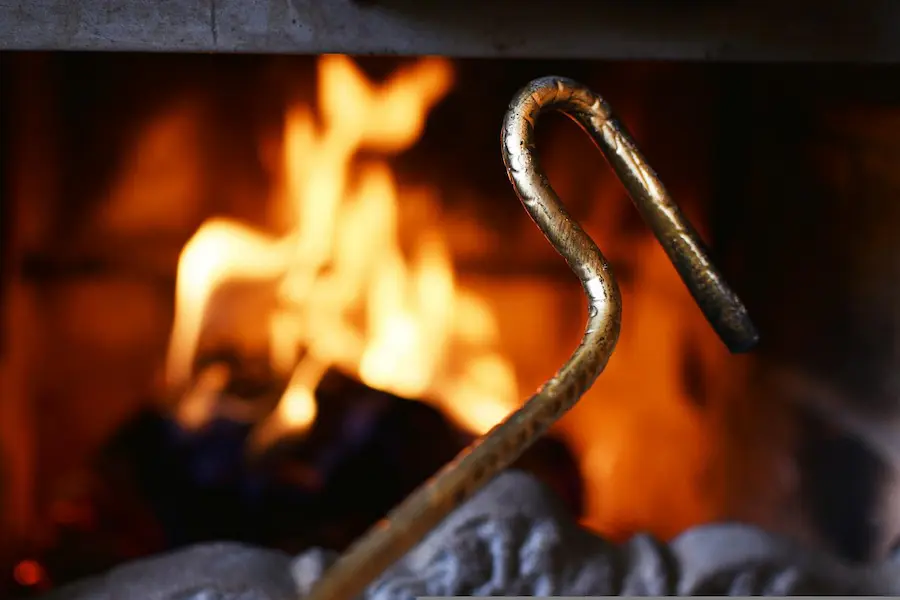


























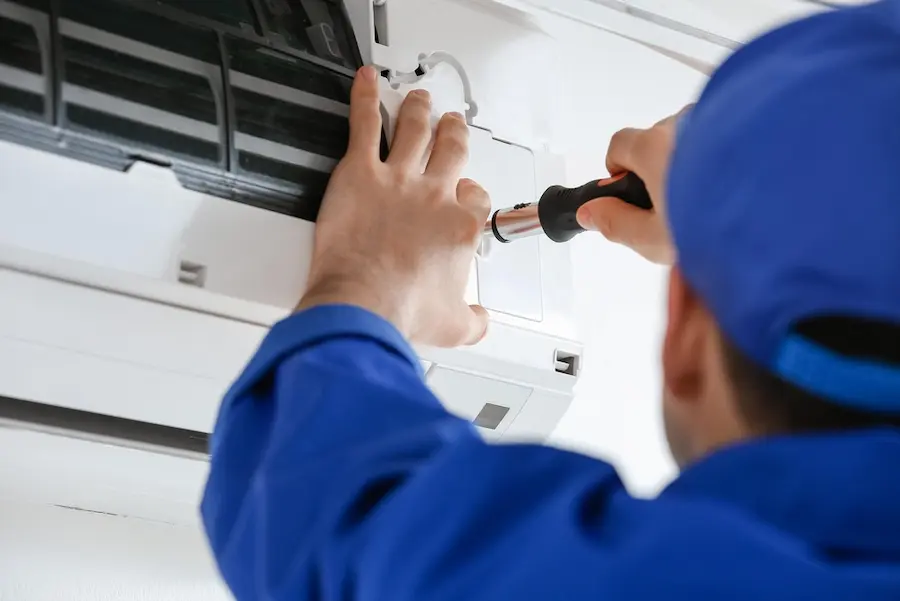
















































































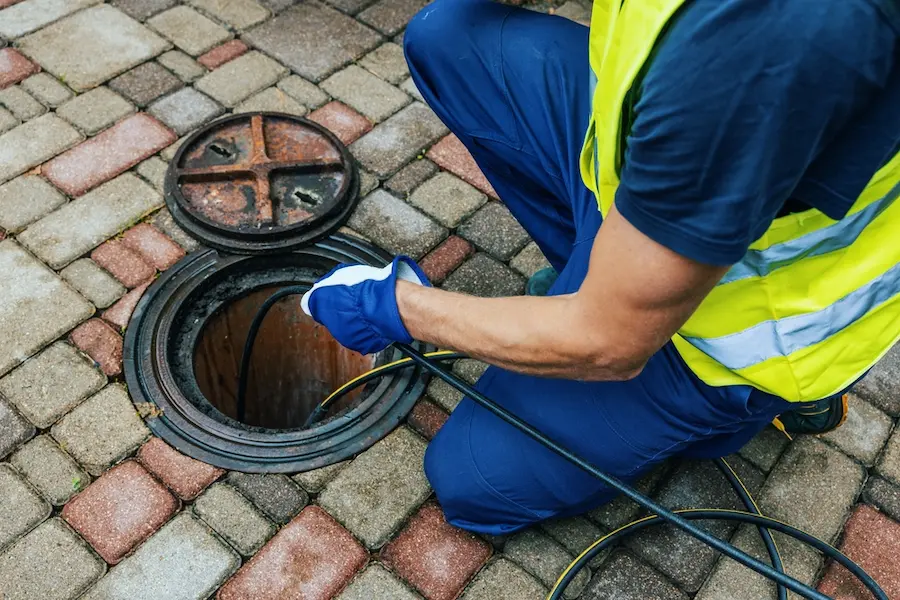







































































































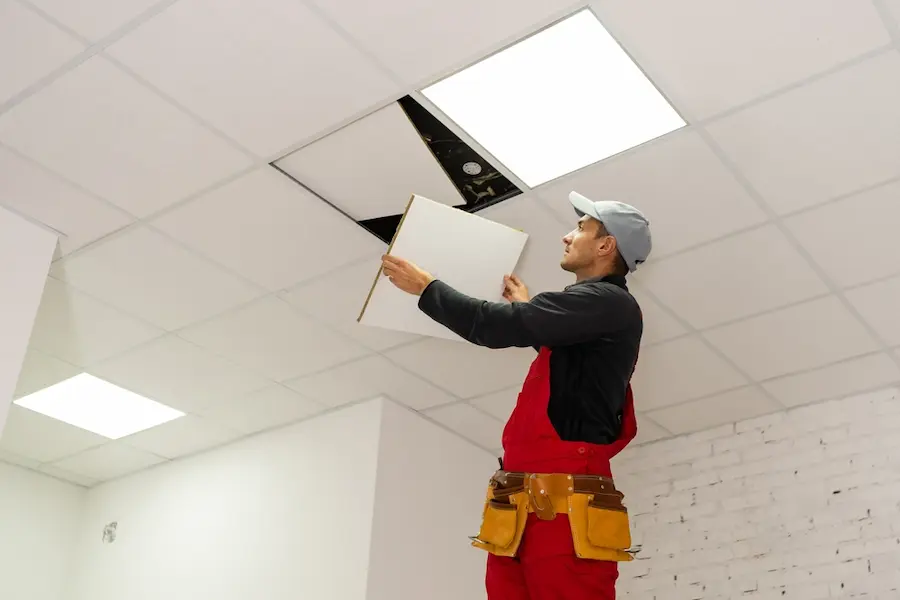
































































































































































































































































































































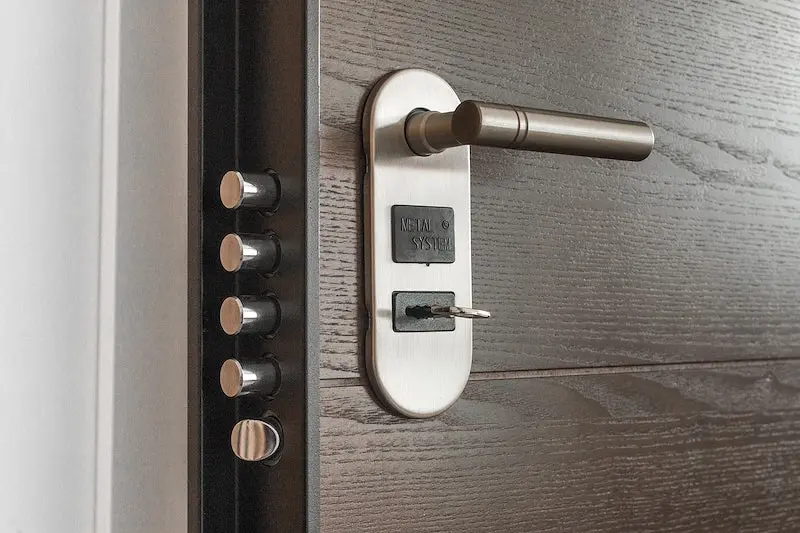






































































































































































































































































































































































































































































































































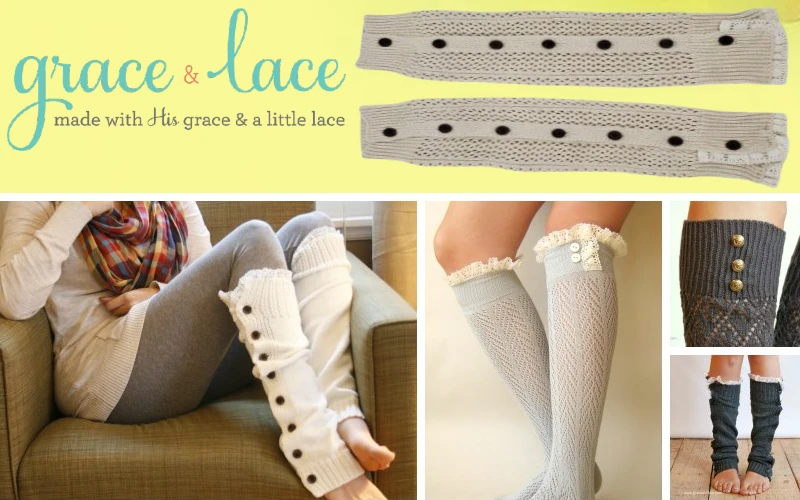









































































0